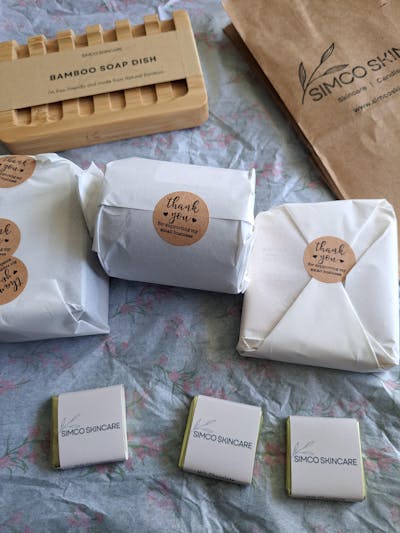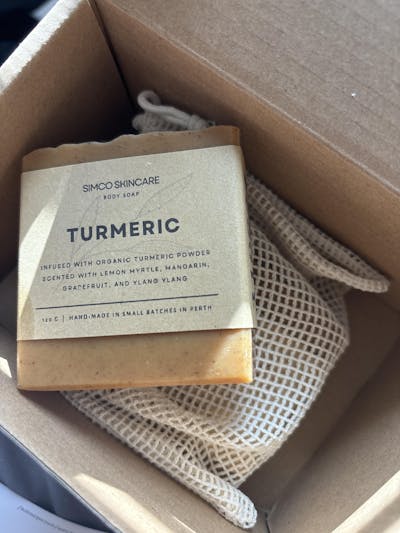Exfoliating creams have become an essential part of modern skincare routines, offering the promise of smoother skin and a radiant glow. At their core, these creams work by removing dead skin cells from the surface, revealing the fresher layer underneath and allowing other skincare products to absorb more effectively. However, for many, the journey to achieving luminous skin with exfoliating creams can sometimes be marred by irritation. Understanding how to avoid these potential pitfalls can make all the difference.
Despite their benefits, exfoliating creams can cause discomfort if not used correctly. Redness, sensitivity, and other forms of irritation often occur when the product is applied too frequently or without considering individual skin types. Knowing what triggers these reactions and how to prevent them is essential for anyone looking to incorporate exfoliating creams into their regimen safely and effectively.
Understanding Exfoliating Cream
Exfoliating creams play a crucial role in rejuvenating the skin. These products are designed to gently remove the buildup of dead skin cells, which can lead to dull complexions and clogged pores. By integrating exfoliating creams into your skincare routine, you might notice an improvement in skin texture and tone as these creams enhance cell turnover.
Typically, exfoliating creams contain mild acids or enzymes that work at the skin's surface to break down dead cells, making them easier to rinse away. This clear-up allows natural glow and smoothness to come forward, making it especially beneficial for those dealing with uneven skin tone or texture. The ultimate aim is not just exfoliation but promoting healthier skin that looks and feels its best.
Common Causes Of Irritation
While exfoliating creams can be transformative, they can also lead to irritation if not used mindfully. One common culprit is over-exfoliation, where the regularity of use is too much for the skin to handle. Overdoing it can strip the skin of its natural oils, leading to increased sensitivity and even dryness.
Another potential issue arises from the ingredients within the exfoliating creams themselves. Different skin types react differently to certain chemicals or natural extracts. For instance, some might find the acids beneficial, while others may experience tingling or redness. Mixing exfoliating creams with other active ingredients can further compound this, intensifying irritation or sensitivity.
To prevent these, consider:
- Identifying your skin type to select the right exfoliating product.
- Performing a patch test before using a new exfoliant on your entire face.
- Carefully reading product labels to understand the active ingredients.
By being cognizant of these factors, you can continue to enjoy the benefits without the unwanted irritation.
How to Prevent Irritation
When using exfoliating creams, choosing the right product for your skin type is vital to preventing irritation. Every skin type has its own needs, so it's important to select an exfoliating cream that aligns with these requirements. For instance, those with dry or sensitive skin might benefit more from products with gentle ingredients like Simco’s Cream Exfoliant, enriched with Rosehip and Strawberry extracts, which gently clears dead skin cells while nourishing the skin.
Before you get started, perform a patch test. This simple step can save your skin from potential reactions. Apply a small amount of the exfoliating cream on your arm or behind your ear, and wait 24 hours to check for any adverse reactions. If your skin remains calm, it's safe to proceed.
Frequency is a key factor in using exfoliating creams without irritation. Over-exfoliation is a common mistake, leading to redness and sensitivity. Limit use to 2-3 times a week, depending on how your skin responds. Additionally, pair your exfoliating routine with gentle skincare products like the Light Moisturiser Infused with Hyaluronic Acid to lock in moisture after exfoliating, ensuring your skin stays hydrated and healthy.
Incorporating Natural Skincare Products
Utilising natural skincare products can significantly reduce the risk of irritation. These products, often formulated without harsh chemicals, can provide your skin with the nourishment it needs without triggering sensitivity. The Turmeric Clay Mask is a great example. It not only deep cleanses but also addresses uneven skin tone, making it suitable for various skin types while not recommended for overly sensitive skin.
Combining your exfoliating routine with complementary products like the Turmeric Gentle Facial Cleanser and the Gold Turmeric Face Serum can enhance skin clarity and hydration. The cleanser, infused with pure Turmeric Root Oil, offers a soothing experience while maintaining the skin’s moisture. On the other hand, the Gold Turmeric Face Serum brightens and nourishes, promoting a youthful, radiant appearance.
Embrace a Healthy Skincare Routine
Incorporating a holistic skincare routine is essential for anyone wanting to prevent irritation while enjoying the benefits of exfoliating creams. Consistency is key, so establish a routine that not only includes exfoliation but also hydration and protection. Embrace the protective benefits of natural products that nourish your skin without overwhelming it.
Remember, taking a thoughtful approach to skincare — choosing gentle, natural products and using them in moderation — can help you maintain a healthy complexion. By integrating quality skincare elements like those derived from turmeric, along with hydrating serums and moisturisers, you cultivate a routine that not only prevents irritation but also promotes a glowing, healthy complexion.
For those looking to enhance their skincare regimen, embracing the benefits of exfoliating cream can be transformative. Explore the balance between effective exfoliation and hydration with Simco Skincare's range of turmeric-infused products, carefully crafted to nurture your skin's natural glow. Adopting such a thoughtful approach will help you maintain a vibrant complexion while minimising irritation, ensuring your skin stays healthy and radiant.

















